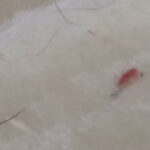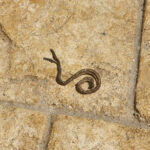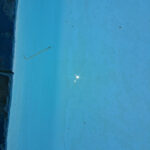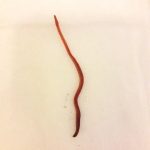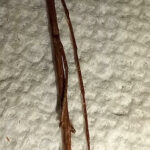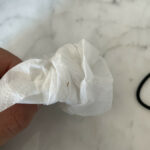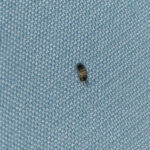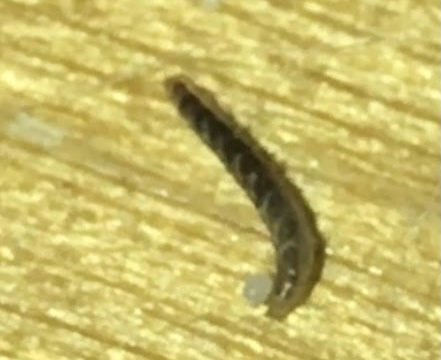Killing hookworms in the soil before they infest an animal’s small intestine is a somewhat elusive preventative. These parasites are transferred through feces and there are many opportunities for hookworm to spread in the soil before they enter a living host. There are several ways a hookworm can enter the system.
In humans, larvae can attach to and burrow under skin causing an irritation known as “ground itch” or “cutaneous larva migrans.” The point of entry can be a hair follicle or a small break in the surface tissue. Human intestinal infestations across the U.S. are now rare due to greatly improved sanitation conditions in rural areas over the past few decades. However, in lesser developed countries, hookworms are a common parasitic problem. For animals, it is a much more serious matter. The larvae may be ingested through soil or contaminated water; they are also passed from a mother to her unborn babies in utero, or through milk. Even a quick romp across an infested lawn can cause hookworm infection.
Methods for eliminating hookworms in the soil range from simple hygienic measures to more advanced home remedies. The first line of defense includes picking up after your pet. That includes your own yard as well as public areas. Daily maintenance will help prevent the breakdown of feces and the potential for hookworm spread.
Hookworms do not thrive in clay, but are commonly present in moist sandy or loamy soil. Additionally, the region must experience an average 40-inch rainfall annually with temperatures remaining well above freezing, around 50º F. When an infected animal defecates, eggs land in the soil and will hatch within 18 hours. The larvae can then survive for several weeks without food. They linger on blades of grass or migrate across wet lawns, gravel and even dog dishes and toys. At this point, the hookworms are swallowed or will attach to an animal and bore through its skin – especially the feet.
Currently, no off-the-shelf products exist to kill hookworms in soil. Experts recommend sprinkling borax on the ground and on concrete. A second suggestion is to mix a ratio of 1.5 pound salt:1 gallon of water. Saturate the area with one pint for every square foot.
Beaches and playgrounds are especially susceptible to hookworm infestations. That is why you’ll see postings that prohibit animals in many public areas. Any of these environments are potentially dangerous to pets and children. Killing hookworms in the soil with stronger pesticides is not a proven method and available chemicals would also eliminate many beneficial organisms in the process.
All About Worms is always free, always reader-supported. Your tips via CashApp, Venmo, or Paypal are appreciated! Receipts will come from ISIPP Publishing.



